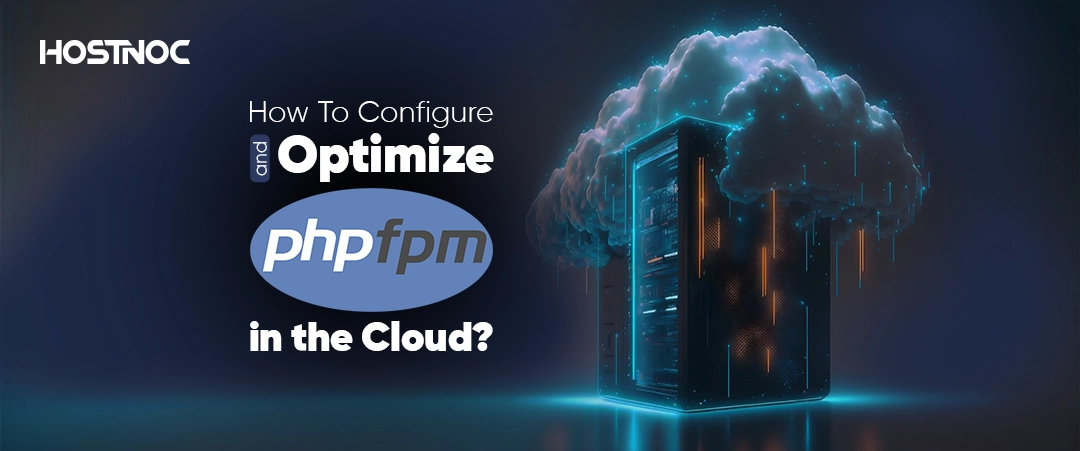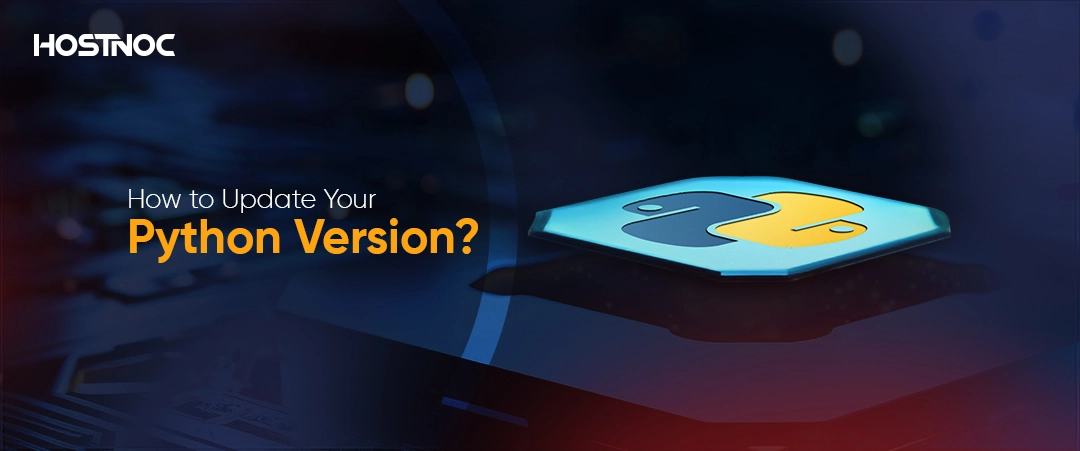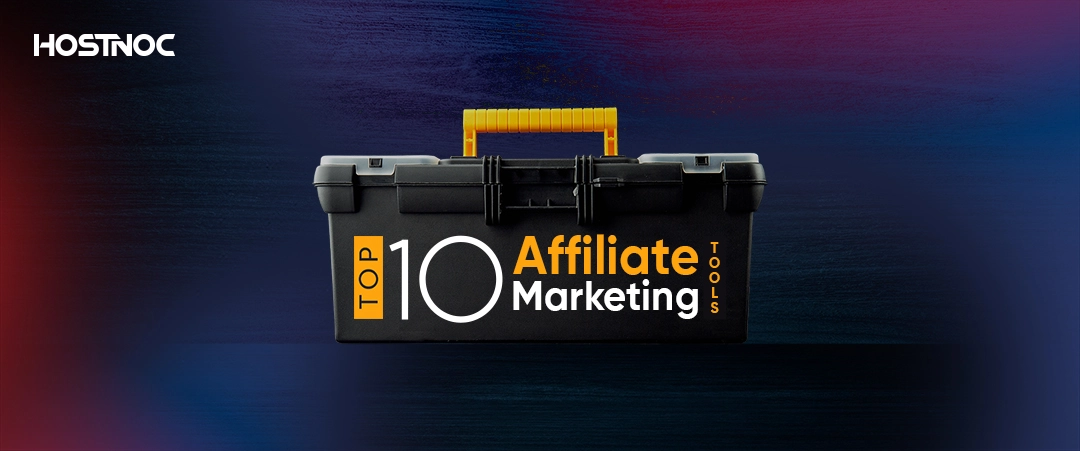How To Configure and Optimize PHP-FPM in the Cloud?

WooCommerce Reporting Plugin: Everything You Need To Know
April 15, 2024
7 Alternative Search Engines You Should Try Instead of Google
April 22, 2024PHP-FPM (FastCGI Process Manager) is a robust and high-performance alternative to traditional CGI or mod_php for running PHP applications. When deploying PHP applications in the cloud, optimizing PHP-FPM is crucial for achieving optimal performance, scalability, and resource utilization.
This article will guide you through the configuration and optimization of PHP-FPM in a cloud environment.
What is PHP-FPM?
PHP-FPM separates the concerns of processing PHP code and handling HTTP requests, resulting in better performance and resource management. It operates as a FastCGI server, managing pools of PHP worker processes to handle incoming requests. Each worker process can independently execute PHP scripts, allowing for parallel processing and improved response times.
How Does PHP FPM Works?
PHP FPM operates through the FastCGI protocol, which optimizes communication between the web server and PHP-FPM. Unlike older CGI models, PHP-FPM runs PHP scripts in separate processes, maintaining a dynamic pool of worker processes to handle incoming requests.
This process management system allows PHP-FPM to adjust the number of active processes based on server load dynamically. Configuration settings, defined in its dedicated configuration file, enable customization of parameters such as the number of child processes and performance-related options.
Web server sends PHP requests to PHP FPM by using FastCGI protocol. It processes and executes the PHP code to create dynamic content and respond to the web server request. Once the web server receives the response, it forwards it to the client. PHP-FPM includes robust error handling and logging features, capturing information about script execution, errors, and warnings.
Log files are configured within the PHP-FPM configuration file, contributing to effective monitoring and troubleshooting. Overall, PHP-FPM’s separation of processes, dynamic pool management, and efficient communication with the web server make it a key tool for enhancing the performance and scalability of PHP applications in a FastCGI environment.
Read more : Cloud Hosting
How To Configure PHP-FPM in the Cloud?
Here is a step by step process you can use to configure PHP-FPM in the cloud.
1. Installation
Before configuring PHP-FPM, ensure it is installed on your cloud server. Use package managers like apt or yum for Linux distributions, or follow the installation instructions from the official PHP documentation.
2. Pool Configuration
PHP-FPM uses pools to manage worker processes. Each pool is a separate PHP-FPM instance with its configuration. Key parameters to configure in the pool configuration file (usually located at /etc/php-fpm.d/www.conf) include:
- pm (process manager): Choose between dynamic, ondemand, or static based on your application’s workload.
- pm.max_children: Set the maximum number of child processes per pool.
- pm.start_servers, pm.min_spare_servers, pm.max_spare_servers: Adjust these values to control the number of active processes.
3. Listen Configuration
Determine how PHP-FPM listens for incoming requests. Common options include:
- TCP Socket: Use a TCP socket for communication with the web server.
- arduino
Copy code
listen = 127.0.0.1:9000
- Unix Socket: Preferred for performance within the same server.
- perl
Copy code
listen = /var/run/php-fpm/php-fpm.sock
4. Resource Limits
Set resource limits to prevent PHP-FPM from consuming excessive resources. Use the following parameters in the pool configuration:
- rlimit_files: Limit the number of open file descriptors.
- rlimit_core: Restrict core dump size.
- process.priority: Set the process priority to prevent resource contention.
Read More: How To Configure Custom Sticky Buttons On WordPress?
How To Optimize PHP FPM Performance?
Here are some of the steps you can take to optimize your PHP FPM performance.
1. Opcode Caching
Implement an opcode cache like OPcache to store precompiled script bytecode in shared memory. This significantly reduces the need for script recompilation, enhancing PHP performance.
2. Caching and Compression
Leverage caching mechanisms like Redis or Memcached to store and retrieve frequently accessed data. Additionally, enable gzip compression for transmitted data to reduce bandwidth usage.
3. Load Balancing
Distribute incoming requests across multiple PHP-FPM instances using a load balancer. This enhances both performance and fault tolerance, ensuring that no single instance bears the entire load.
4. Monitoring and Logging
Regularly monitor PHP-FPM metrics, such as request processing times, memory usage, and error rates. Tools like New Relic, Datadog, or built-in PHP-FPM status pages can provide valuable insights. Adjust configurations based on observed patterns and bottlenecks.
5. Security Measures
Implement security best practices, such as using chroot to isolate PHP-FPM processes, restricting file system permissions, and disabling unnecessary PHP functions. Regularly update PHP and associated libraries to patch vulnerabilities.
Conclusion
Optimizing PHP-FPM for performance in the cloud involves careful configuration and strategic deployment of resources. By tuning PHP-FPM settings, utilizing opcode caching, implementing load balancing, and adopting security measures, you can create a high-performance and scalable PHP environment in the cloud.
Regular monitoring and adjustments based on observed metrics will ensure ongoing optimal performance for your PHP applications.
Did this article help you in configuring PHP FPM and optimize its performance in the cloud? Share your feedback with us in the comments section below.



